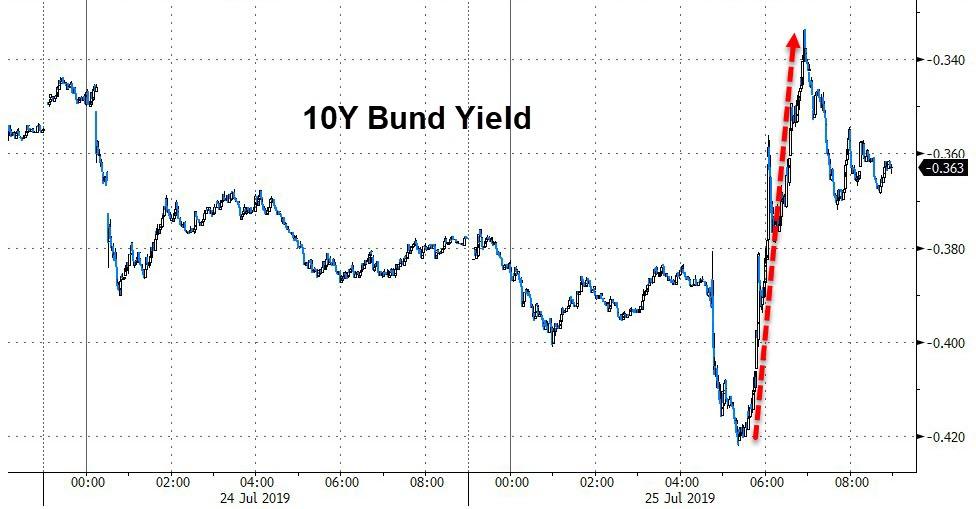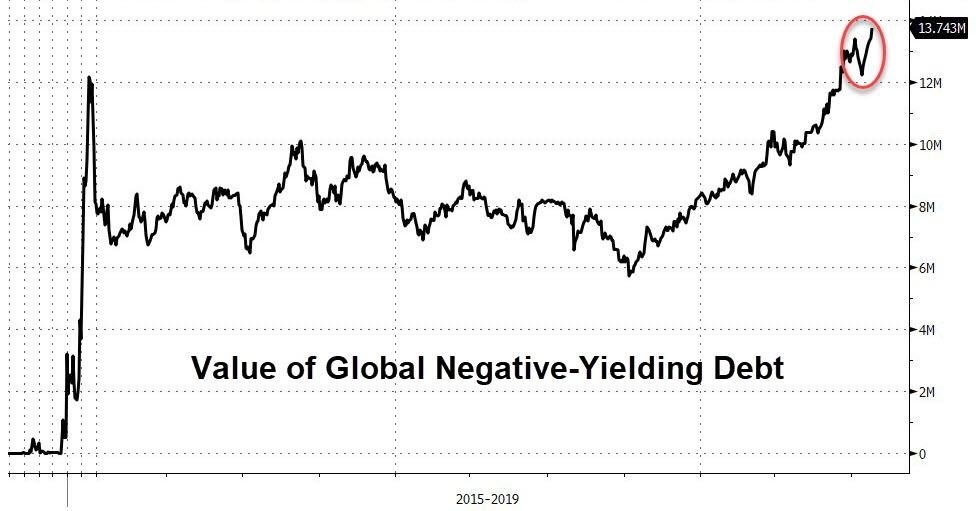New Zealand tech CEO, Kim Dotcom did the math on the United States’ sovereign debt and he tweeted a thread about it, saying it may the most important thread that he may ever make.
Kim explains that US spending and debt have spiraled out of control and the Government can only raise the money it needs by printing more of it, which means that hyperinflation is guaranteed.
He says this has been going on for decades and there’s no way to fix it and that the US got away with this for so long, because US dollar is the world’s reserve currency. When the US Government prints trillions, it is thereby robbing Americans and the entire world in what he calls the biggest theft in history.
He says the total US debt is at $90 trillion, which together with $169 trillion in US unfunded liabilities totals $259 trillion, which is $778,000 per US citizen or $2,067,000 per US Taxpayer.
Now, the value of all US assets combined: every piece of land, real estate, all savings, all companies, everything that all citizens, businesses, entities and the state own is worth $193 trillion.
Our total debt, $259 trillion minus our total net worth, $193 trillion equals negative $66 trillion of debt and liabilities after every asset in the US has been sold off.
So even if the US could sell all assets at the current value, which is impossible, it would still be broke.
This is where the ‘Great Reset’ comes in and he asks, “Is it a controlled demolition of the global markets, economies and the world as we know it? A shift into a new dystopian future where the elites are the masters of the slaves without the cosmetics of democracy?”
…click on the above link to read the rest of the article…





















CAMBRIDGE – Default is back. Sovereign finances weathered a wrenching global recession and a collapse in commodity prices surprisingly well over the past few years. But failed economic models cannot limp along forever, and the slow bleeding of the economies of Puerto Rico and Venezuela have now forced their leaders to say “no mas” to repaying creditors.
Earlier this year, Puerto Rico declared bankruptcy. At the time, the United States commonwealth had about $70 billion in debt and another $50 billion or so in pension liabilities. This made it the largest “municipal” bankruptcy filing in US history.
The debt crisis came after more than a decade of recession (Puerto Rico’s per capita GDP peaked in 2004), declining revenues, and a steady slide in its population. The demographic trends are all the more worrisome because those fleeing Puerto Rico in search of better opportunities on the US mainland are much younger than the population staying behind. And in September, at a time of deepening economic hardship, hurricane Maria dealt the island and its residents an even more devastating blow, the legacy of which will be measured in years, if not decades.
More recently, in mid-November, Venezuela defaulted on its external sovereign debt and debts owed by the state-owned oil company, PDVSA. Default on official domestic debt, either explicitly or through raging hyperinflation, had long preceded this latest manifestation of national bankruptcy.
…click on the above link to read the rest of the article…